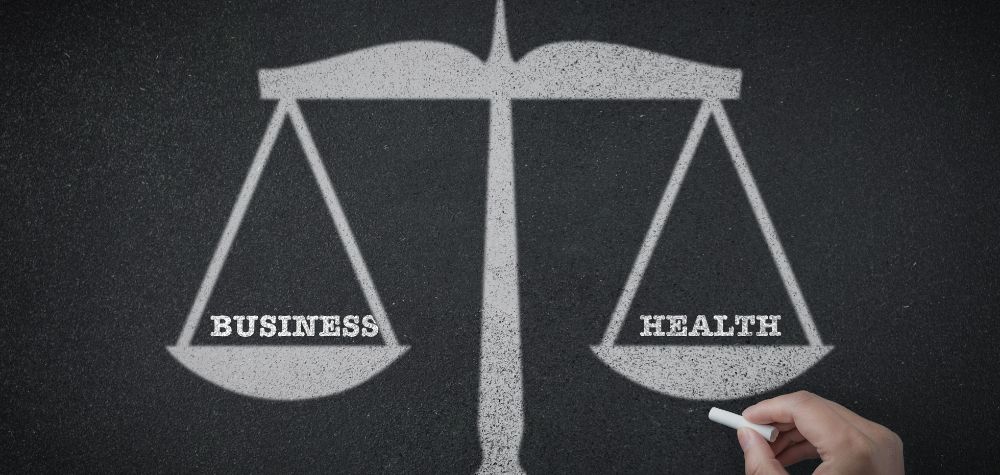One of the most important decisions you must make before starting a business is in what structure your business will be operating under. This will be reflected in all facets of your business, so you should spend time understanding the implications of each structure before making a decision.
Sole Proprietorship
A sole proprietorship business structure is a type of business with only one owner. However, that owner has complete authority and control over every aspect of the business. Sole proprietors are generally easy to set up as they do not need to be registered as a business, but you may need a license to operate (depending on the field).
There are liabilities that you need to be aware of when it comes to undertaking a sole proprietorship. A sole proprietor’s income through the business is treated as personal income. However, if the business runs into debt & bankruptcy, your personal and business assets will be at risk as the owner is accountable.
In summary, with a sole proprietorship:
- You have complete control of your business
- The owner and the business are not separate legal entities
- Your business assets and liabilities are not separate from your personal assets and liabilities
- You are personally liable for debts and obligations of the business
- Generally a low-cost structure to set up
Partnership
A partnership is a business structure comprising 2 or more people who distribute income or losses between themselves.
There are 3 main types of partnerships:
- A general partnership (GP) – is where all partners are equally responsible for the management of the business, and each has unlimited liability for the debts and obligations it may incur.
- A limited partnership (LP) – is comprised of general partners whose liability is limited to the amount of money they have contributed to the partnership. Limited partners are usually passive investors who don’t play any role in the day-to-day management of the business.
- Incorporated Limited Partnership (ILP) – is where partners in an ILP can have limited liability for the business’s debts. However, under an ILP there must be at least one general partner with unlimited liability. If the business cannot meet its obligations, the general partner (or partners) becomes personally liable for the shortfall.
Individual states and territories have different laws regarding partnerships. Following these according to what is set out for your state is essential.
In a partnership:
- Partners share control and management of business
- An ABN must be obtained and used for all business proceedings
- Each partner pays tax on the share of net partnership income each receives
- Each partner needs to provide separate tax file numbers and are responsible for their own superannuation arrangements
- Minimal reporting requirements and inexpensive to set up
- Must register for GST if turnover exceeds $75,000.
Company
A company as a business structure is a separate legal entity, unlike a sole trader or a partnership structure. This means the company has the same rights as a natural person and can incur debt, sue and be sued. All directors of a company must have a Director ID.
As a member, you’re not liable (in your capacity as a member) for the company’s debts. Your only financial obligation is to pay the company any amount unpaid on your shares if you are called on to do so. However, directors of the company may be held personally liable if found to be in breach of their legal obligations.
Companies can be expensive and complicated to set up and generally suit people who expect their business income to be highly variable and want the option to use losses to offset future profits.
Companies and directors have key legal and reporting obligations they must comply with. Some of the more common obligations include:
- update Australian Securities and Investments Commission (ASIC) within 28 days of key changes to company details
- keep financial records
- understand and comply with all your obligations as a director
A company, in summary:
- Is a separate legal entity from its owners
- All profit, tax, and legal liability are direct to the corporation
- requires you to understand and comply with all obligations under the Corporations Act 2001
- requires an annual company tax return to be lodged with the Australian Taxation Office (ATO)
- requires you to complete an annual review and pay an annual review fee
- directors are required to have a director ID.
- Members are not liable for the company’s debt (only liable if you breach legal obligations)
- Complex business structure plus extensive documentation and record-keeping
- Wider access to capital
Trust
In a trust structure, a trustee holds your business for the benefit of others (the beneficiaries).
A trustee can be a person or a company an is responsible for everything in the trust, including income and losses. They are the ones legally responsible for its operations.
Trust structures are expensive and complicated to set up, and are generally used to protect the business assets for beneficiaries. The trustee decides how business profits should be distributed to the beneficiaries.
In summary, trusts:
- Have an expensive set-up and operation
- Require a formal trust deed outlining the operation required
- Trustee responsible for yearly administrative tasks
- Assets are protected
- Difficult to dissolve or make changes once established.
Setting up a trust is best done with a licensed professional to assist with the registrations and documentation.
It is best to consult with a professional business adviser before deciding on a structure for your business, as they can provide more information based on your specific needs and circumstances.
Why not start that conversation with us today?



